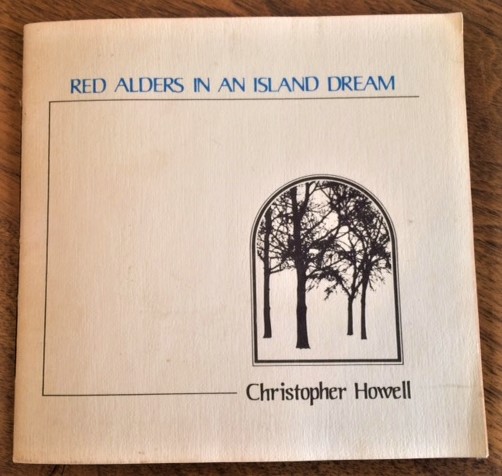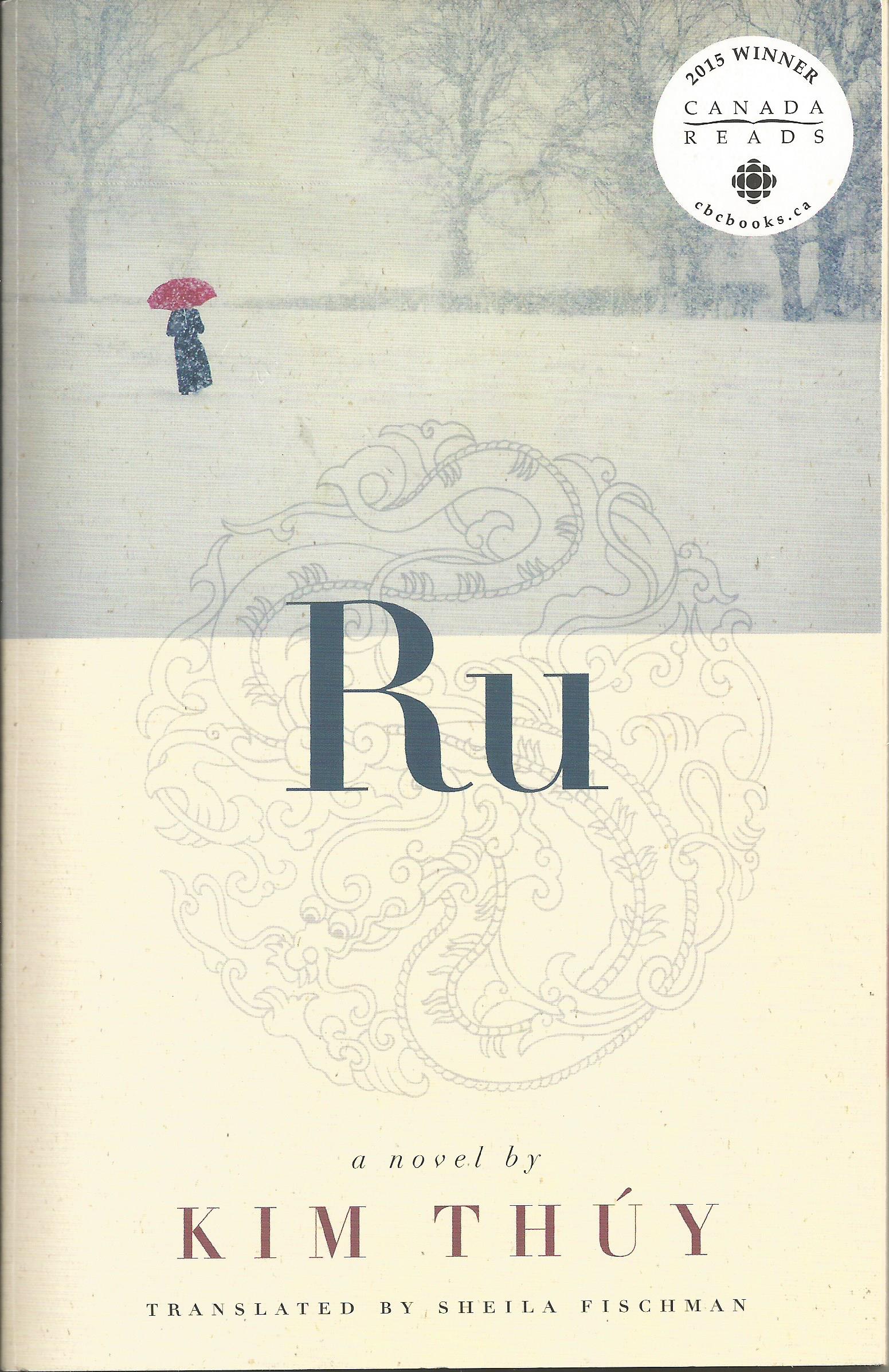How beautiful / The usually hateful crow, / This morn of snow! (Bashō)
To paraphrase the literary critic Northrop Frye, poets deal with the “imaginative aspect” of environment. Frye was speaking about the physical environment, but I would stretch that to include any context in which the poem exists – which might be physical (explored and revealed through the senses), intellectual (the world of ideas and/or abstractions), or psychological (internal journey). This subject is the “thing” that stirs the poet to look deeply and with carefully chosen words, “voice,” and “music” (lineation, rhythm, rhyme) create the poem. What is “looked at deeply” becomes the theme, the thing written between the lines that moves the poem toward a new perspective, a new way of seeing and understanding the “thing” described. All gobbledygook? Let’s have an example.
Jane Hirshfield (Ten Windows) provides an haiku by Kobayahsi Issa to demonstrate the change that occurs in a good poem:
We wander
the roof of hell,
choosing blossoms.
Despite the grief and compassion we feel at the initial statement, we learn that life’s journey is made liveable by what is chosen. The pain is stated without sentimentality. The twist comes simply and effectively with the choice made, as Hirshfield says, the “bending down to pick flowers.”
In Issa’s eight words, we have all that is required of a good poem: subject, theme, carefully chosen words (even in translation), a twist/movement leading to a change of perspective, an opening toward seeing the subject differently. Hauntingly beautiful. One of the elements that sets poetry apart from prose is the emotional sub-text that exists in good poetry.
To quote Jane Hirshfield, “A good poem is a through-passage, words that leave poet, reader, and themselves ineradicably changed. Having read a poem that matters, the person who holds the page is different than he or she was before.” Wouldn’t we all like to leave our readers changed and feeling deeply, as well as thinking about what we have written?
Poet and editor Robyn Sarah (“Poetries Bottom Line,” Little Eurekas) says it another way:
I believe that a true poem, whatever its subject or style, has a density of meaning, a felicity of language and an authenticity of feeling that cannot be faked – a mysterious synthesis that doesn’t happen every time a poet picks up a pen, but is born of some urgency of the moment.… A true poem has a voice one can trust – a distinctive voice, utterly its own, one that is unaware of audience. It is a voice less heard than overheard [author’s emphasis], and this is partly what moves us.
Finally, Tony Hoagland has written an entire book about voice. In The Art of Voice, he concludes:
The role of voice in poetry is to deliver the paradoxical facts of life with warmth and élan, humor, intelligence, and wildness. Such art requires a particular spirit and a particular set of skills…. In the end, perhaps, each good poem is a kind of miracle birth, possessing a different ingenuity and metabolism. But poetry is a craft as well as an art, and the insights and techniques of craft, like carpentry, can be taught, learned, practiced, and relished.
When I studied writing with the late Alistair MacLeod, he was best known as a short story author. This was before he published No Great Mischief, winner of the prestigious International Dublin Literary Award (2001). Professor MacLeod maintained that the shorter the writing, the more difficult and challenging it is for the writer. Poetry, in part because of its brevity, demands that every word count and be chosen with nuanced care. A poem is condensed, dense, operating on multiple levels at once. And yet the job of the poet is to make the poem accessible, to take the everyday commonplace and to open a window onto a new way of seeing. I believe that poetry is revolutionary in that at its heart lays the key to new awareness and change.
So, what is the “take away” for poets: 6 writing tips
- A subject that demands the poet dwell with it, explore it using the senses to get at its inherent multiple levels to find what exists beneath the obvious;
- A theme that resonates between the “thing” of the subject, the creative core that shifts writer and reader to a new awareness;
- A twist or shift that takes writer and reader into new ways of seeing what was initially commonplace or a problem unresolved;
- How this is done is complex, but voice is a key, an authentic voice, an honest voice, a voice that uses all the tools in the writer’s toolbox (metaphor, music, etc.) to connect with the reader eliciting in him or her the emotion that lingers after reading a good poem, the thing that haunts;
- My best advice is to read the best poetry – the poetic oeuvre of one’s culture and international poetry – study it and figure out how the poet manages to capture your mind and heart (because poetry is an emotive art).
- When you think your poem is finished read it aloud, again. Feel the words on your tongue. Listen with ears, head, and heart.
I welcome your comments – whether you agree or disagree. What makes a good poem, and how do we go about achieving one?
Thank you, Kathryn
References:
Hirshfield, Jane. Ten Windows: How Great Poems Transform the World. NY: Alfred A. Knopf, 2017.
Hoagland, Tony with Kay Cosgrove. The Art of Voice: Poetic Principles and Practice. NY: W. W. Norton & Company, 2019.
Sarah, Robyn. Little Eurekas: A Decade’s Thoughts on Poetry. Windsor, ON: Biblioasis, 2007.
Also see: Book review: Ten Windows: How Great Poems Transform the World (by Jane Hirshfield)












